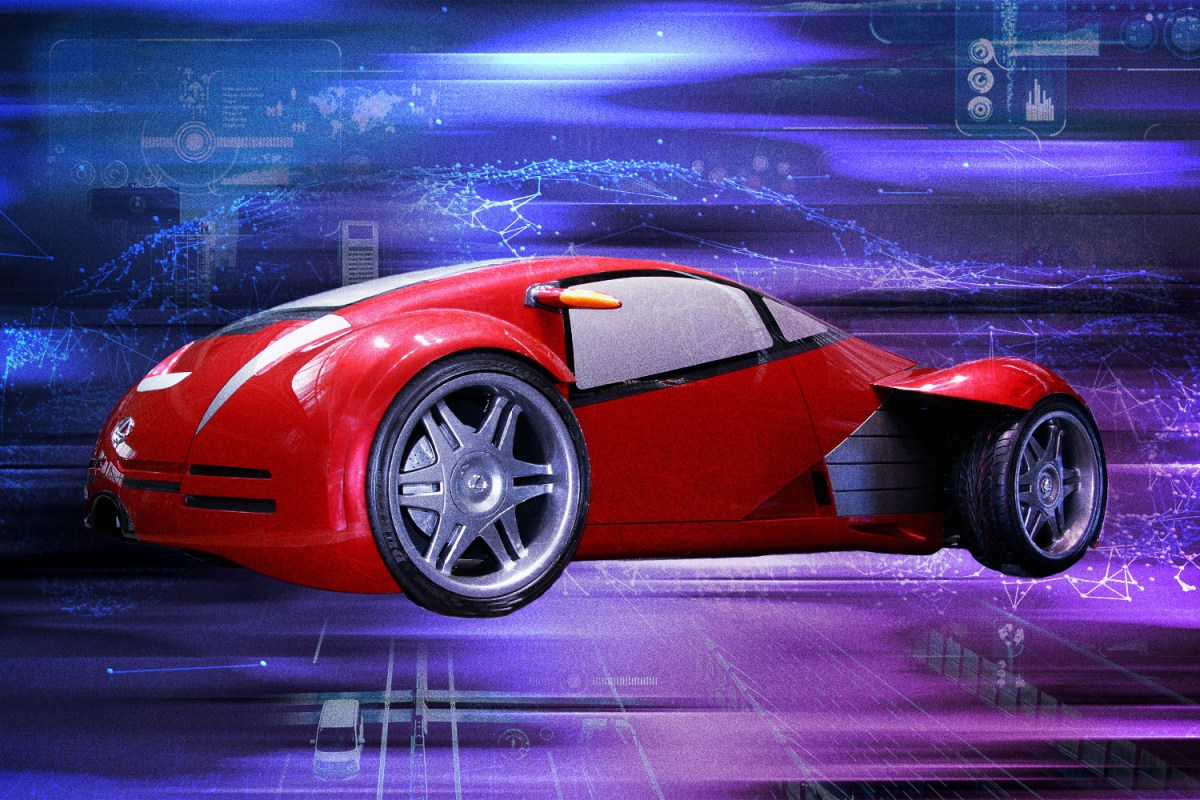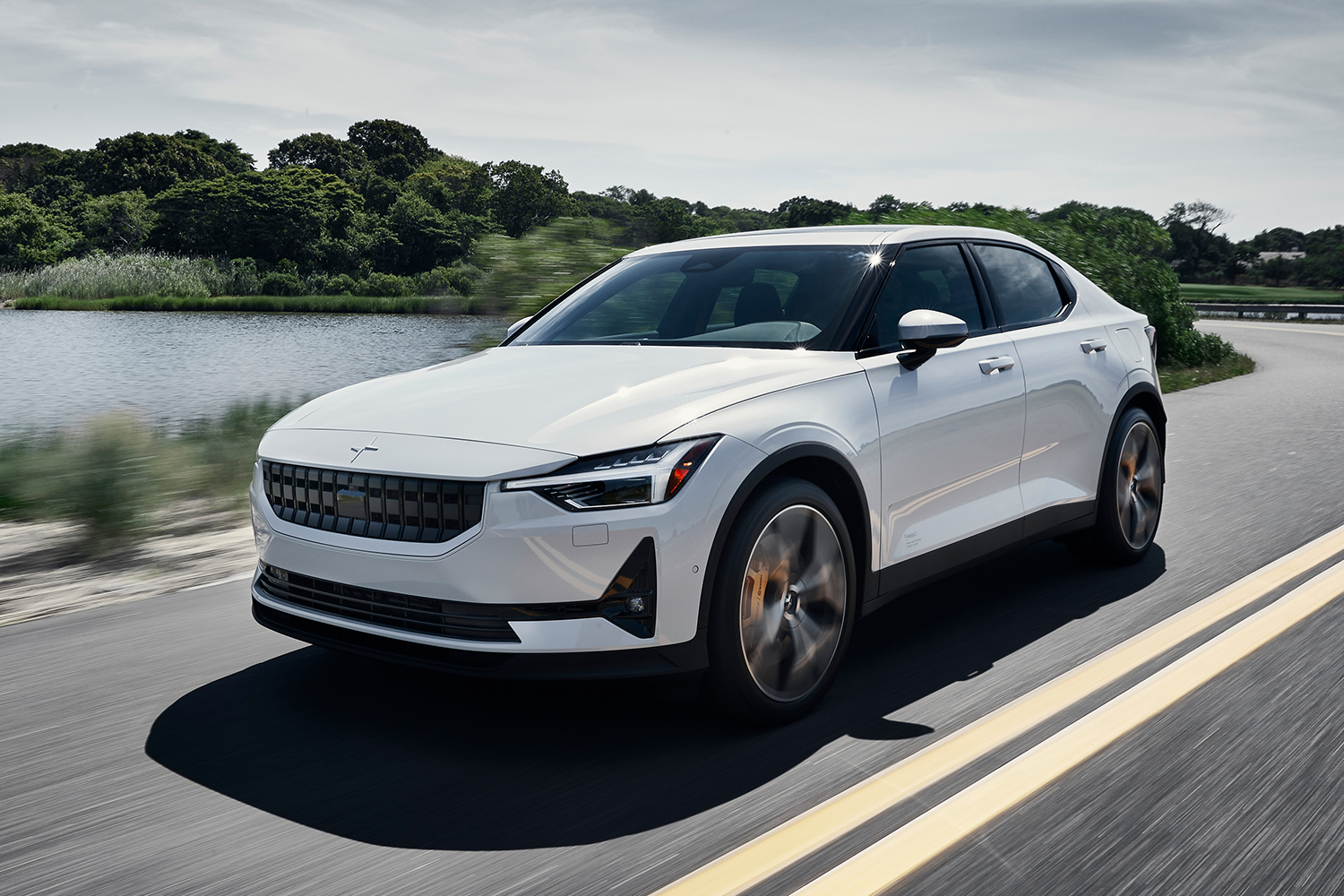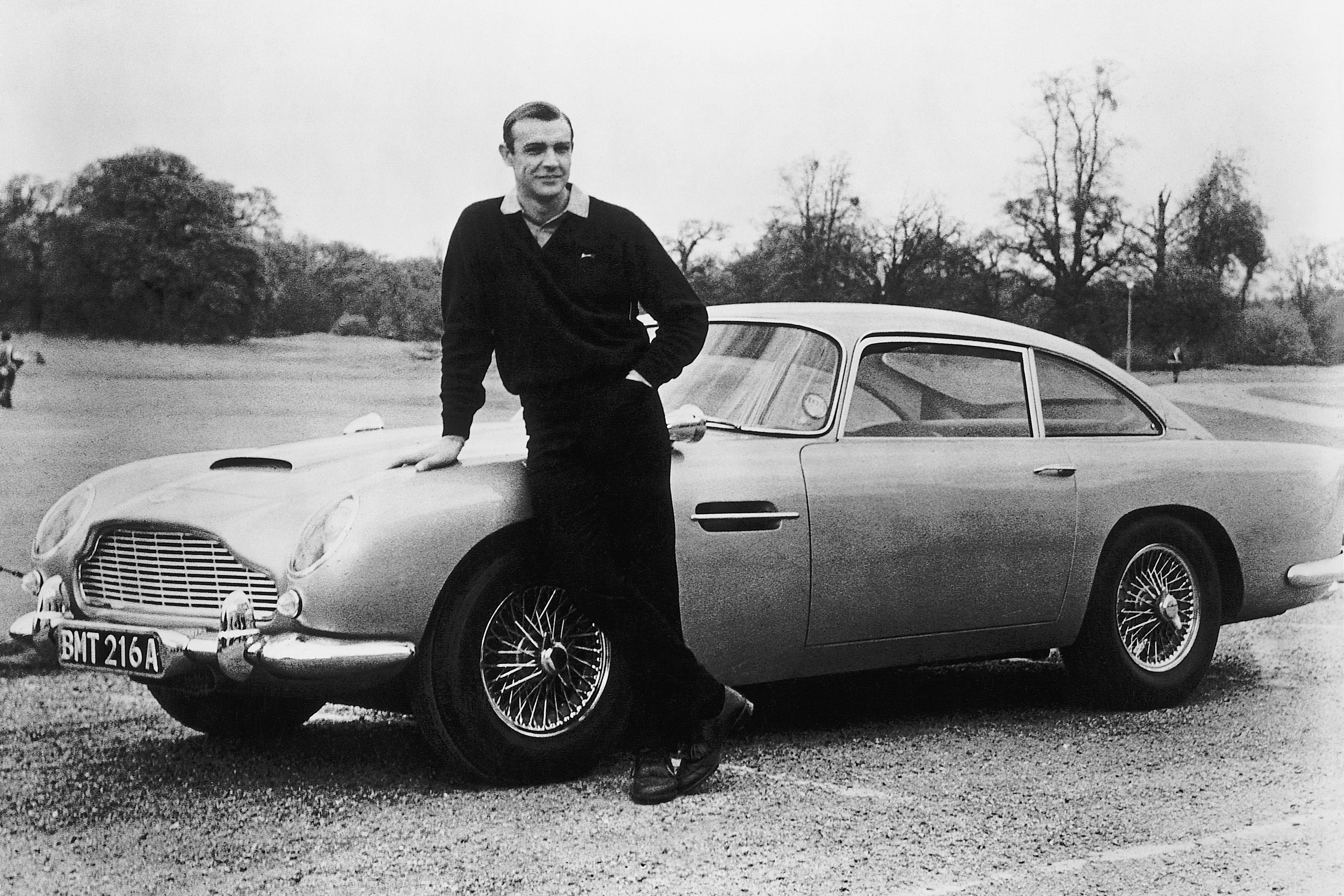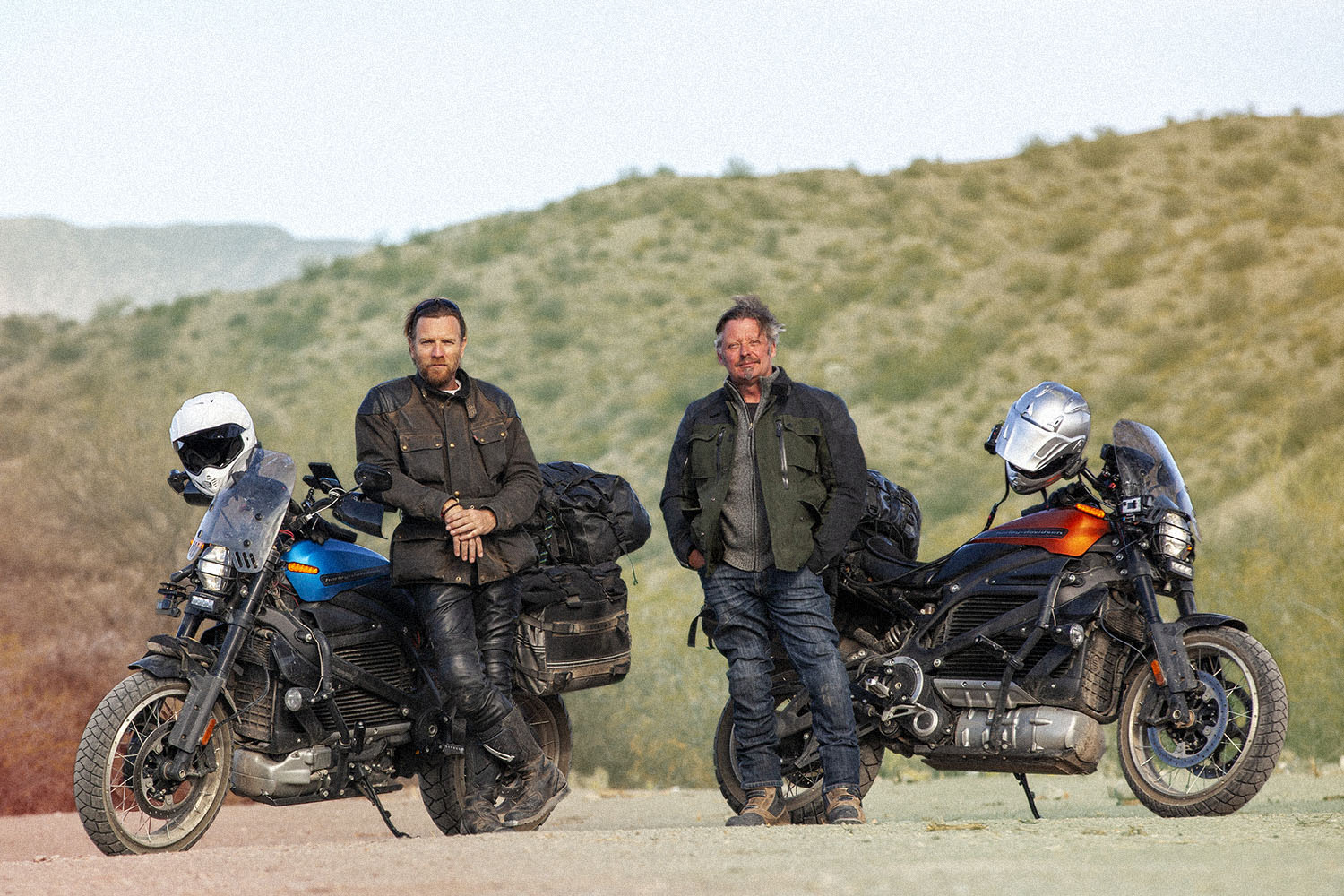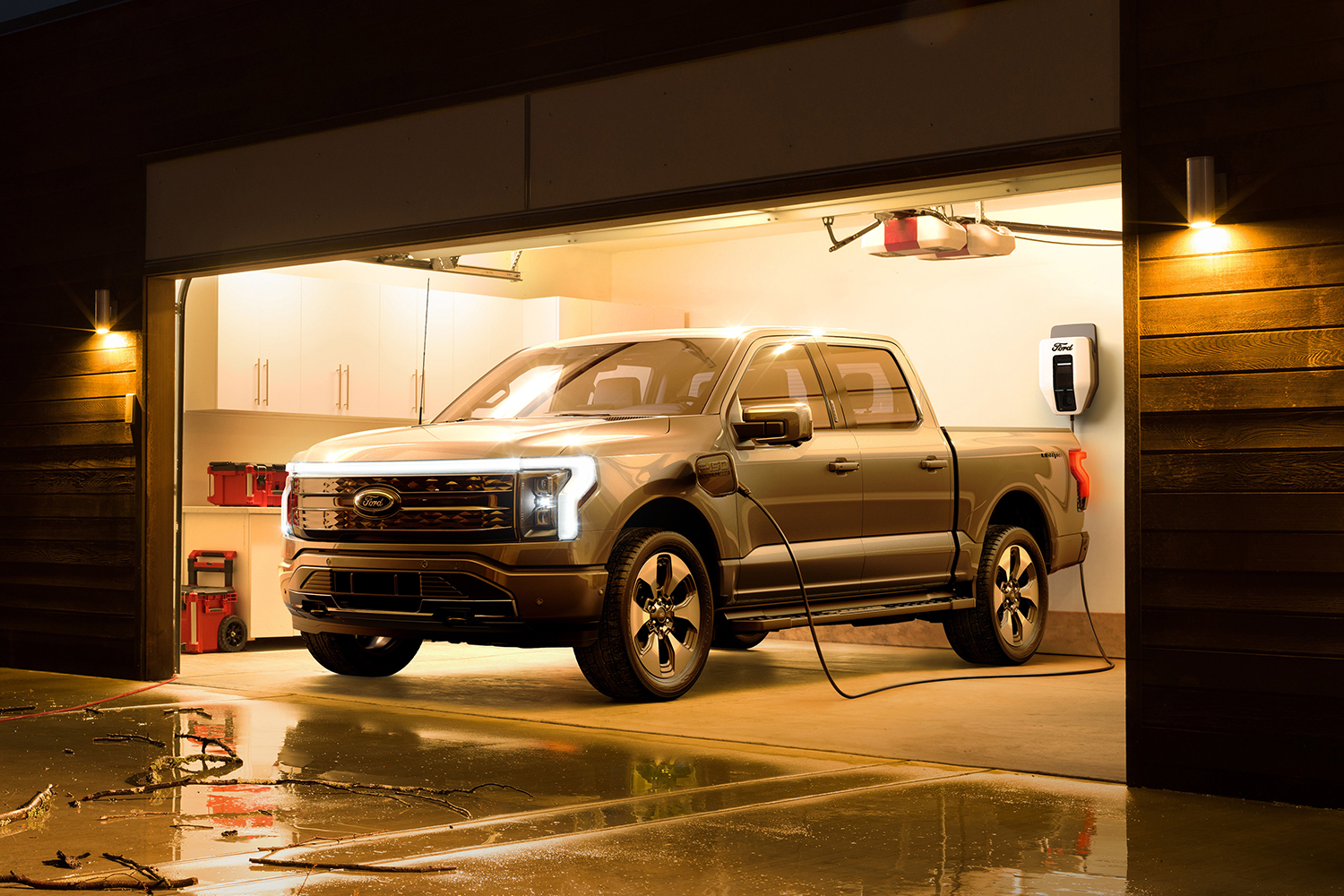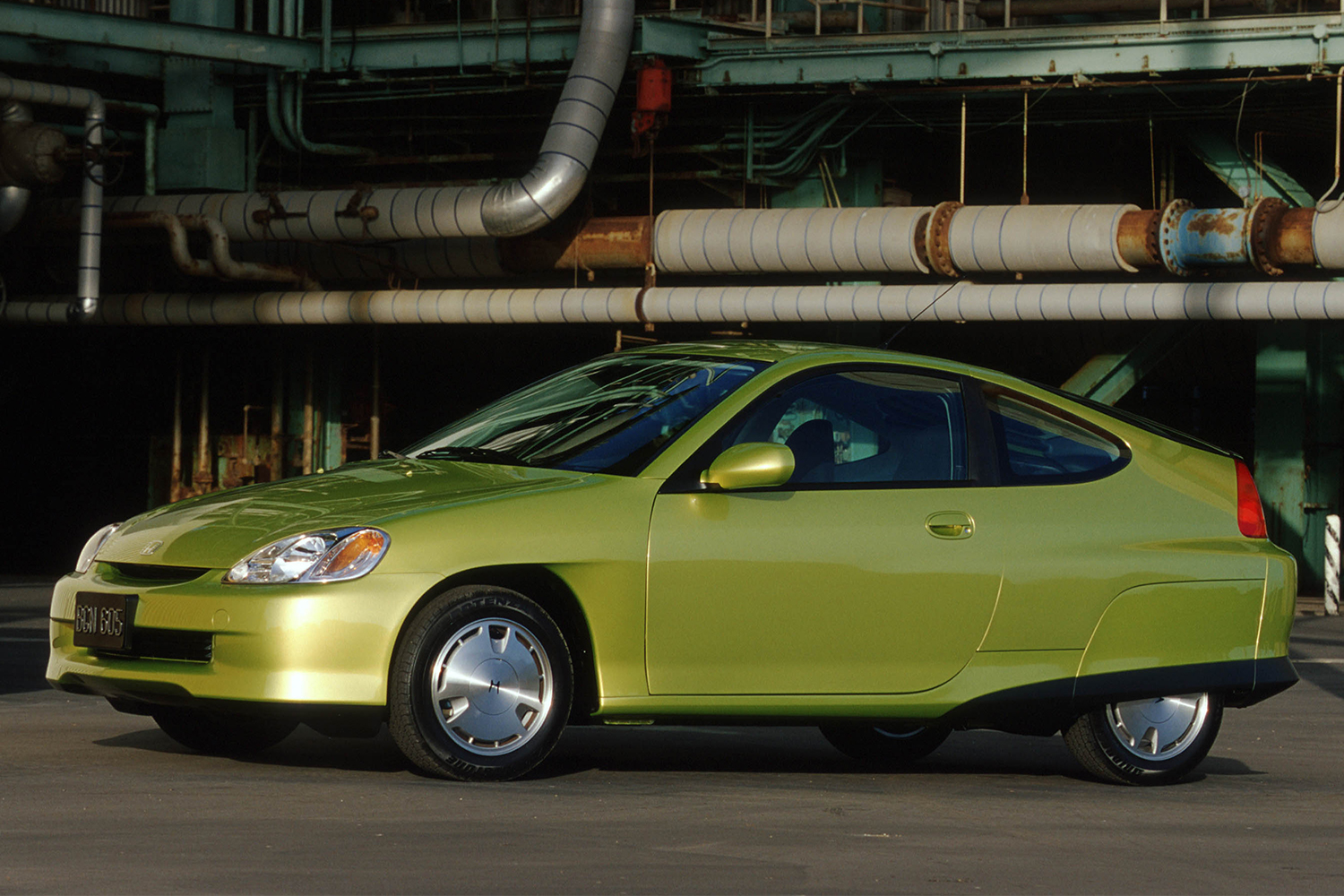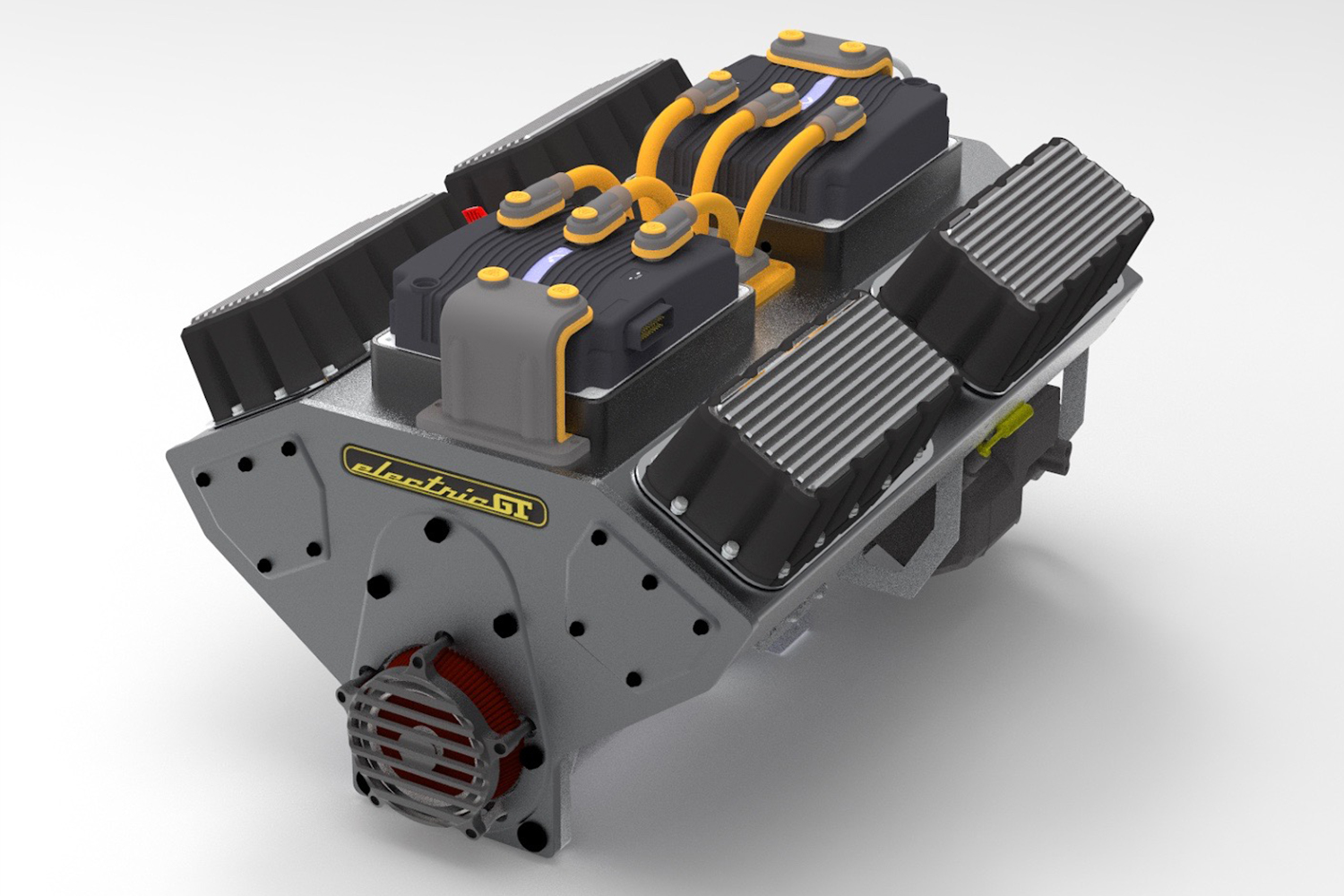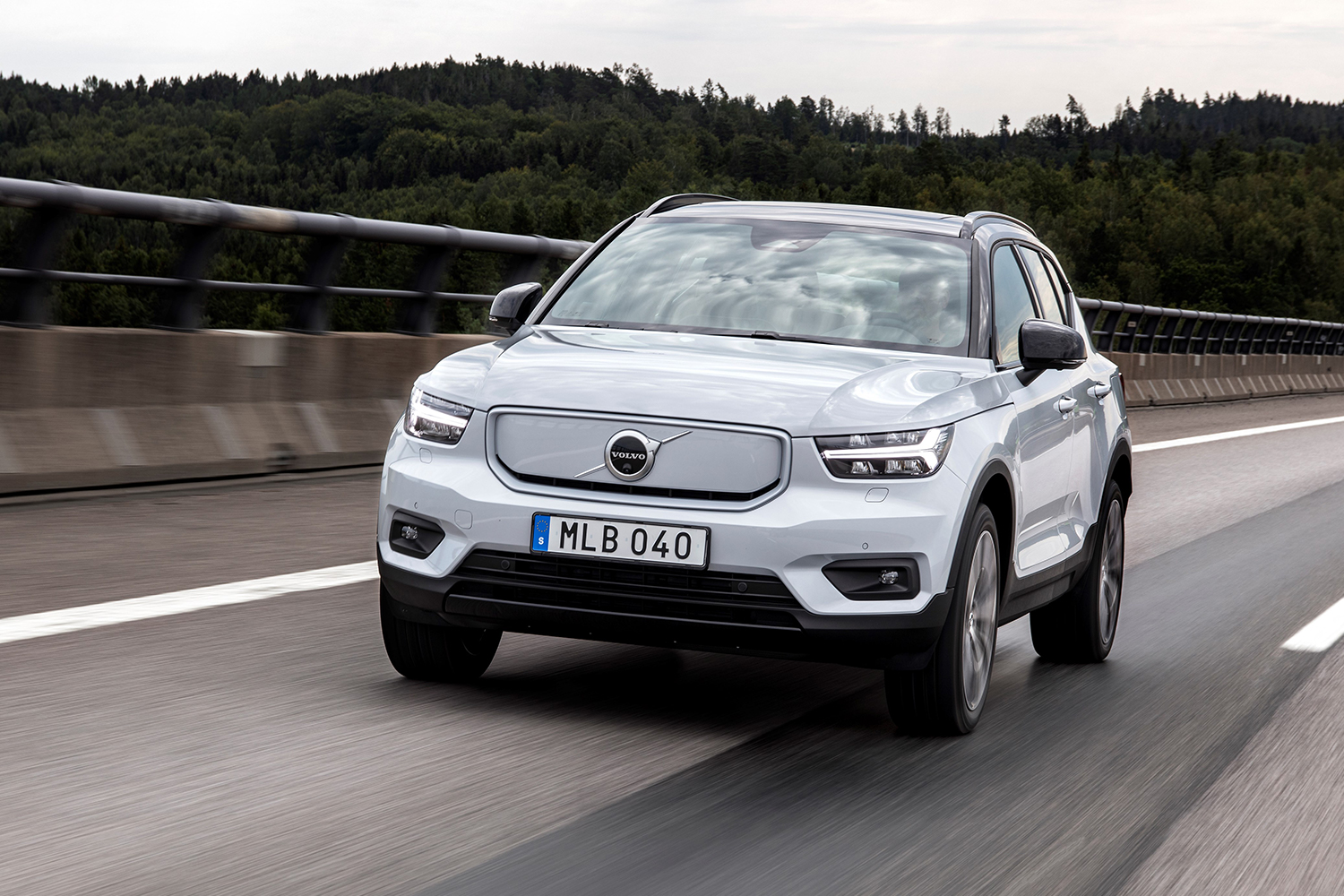Science-fiction flicks have made a solid business predicting the future — or, at the very least, putting a version of things up on the screen that people will pay to see. This general prognostication has included more than a few educated guesses about the evolution of personal transportation, and in particular, what electric cars could look like many decades hence.
Now that we’re all living sufficiently far into the future ourselves (from the perspective of many cinematic classics) and on the cusp of mass EV adoption, we’re in the perfect position to examine what screenwriters, set decorators and prop masters got right about the future of electric vehicles, and what they completely whiffed on.
Despite the vast array of sci-fi movies out there, it’s possible to group their battery-motivated star turns into three comprehensive categories. Each of these slices of Hollywood futurism reveals broad assumptions about where EVs were heading, along with unique artistic flourishes on the paths planned to get them there.
Classic Metal With Electric Insides
One of the most pervasive interpretations of future electric mobility has been a dip into the past. No doubt driven by style-forward visual artists eager to drape their backdrops with more than a little retro-chic, a long list of science-fiction movies have gone the route of stuffing battery packs into classic cars and then thrusting them onto a future tableau.
Perhaps the most famous example of the aesthetic is found in 1997’s Gattaca, a movie set in a society where each citizen’s prospects are dictated by their genetic makeup. Throughout the film the audience is treated to ‘60s and ‘70s-era metal such as a Studebaker Avanti, a Jensen Interceptor, a Buick Riviera and even a number of Rovers, Volvos and Citroëns, each of which conspicuously hum their way down the road rather than rumble and shake.
Another, although far less entertaining, variation on the same concept was the Justin Timberlake plodder In Time (2011), where everything from a 1961 Lincoln Continental to Dodge Ramcharger SUVs to Cadillac Sevilles were motivated by batteries. Keen eyes can even make out an Avanti here, too.
This is a prediction that has aged better than almost any other when examining electric vehicles in cinema. Today, there are a number of companies dedicated to converting classic cars to electric drivetrains. Some of these, like those manufactured by California’s Electric GT, are designed as direct replacements for original engines that interface with stock transmissions, while others such as GM’s electric crate motor or “eCrate” dumps a Chevy Bolt drivetrain almost anywhere a small-block V8 originally fit. Even Jaguar has gotten into the act, creating a full electric refurbishment program that uses the original engine mounts to install a 295 horsepower electric motor in the E-Type Zero, a process that is fully reversible should the owner ever change their mind.
Complete Self-Driving Cities
One plot-related side effect of on-screen automotive electrification is often the introduction of a society where the vehicles in question pilot themselves from A to B. This is a preferred storytelling tool for directors, as it allows actors to interact with each other inside a car or truck without having to actually engage in, you know, driving.
How a film elects to present the self-driving electrified future is usually a mixed bag. Some, like 2002’s Minority Report show both an orderly grid of (occasionally flying) traffic along with individual motorists able to sub in for computer guidance when it’s time to inject a chase into the mix. Similar is 2004’s I, Robot, although it’s arguable that in both instances the need for stars like Tom Cruise and Will Smith to actually take the controls had more to do with ego service than technical ability.
Other movies had self-driving electric cars operating on streets that were less mass-orchestrated and more similar to what we see now. Both Total Recall (1990) and Demolition Man (1993) feature self-driving cabs, police vehicles and private cars, which aren’t controlled by any overarching traffic plan. The latter’s law enforcement cruisers were even sourced from GM’s Ultralite program, which would in turn evolve in the EV-1 production electric car later that decade.
We’re still years and years away from anything like a centrally managed transportation grid. This requires not just the kinds of advanced optical and radar sensors that are missing from even modern EVs with limited autonomous features, but also vehicle-to-infrastructure and vehicle-to-vehicle communications systems that have yet to be even cautiously planned out. Throw in the need for hyper-accurate mapping of every single road surface in the world, and the chasm between on-screen fantasy and current electric vehicle reality becomes clear.
Ultra-Exotic Dream (or Nightmare) Machines
What vision of the electric future would be complete without a no-limits look at the far reaches of automotive design? The farther away electric cars seemed from day-to-day reality, the more extroverted their movie designs were, especially if they were built in collaboration with luxury brands consulting on the film in question.
The double-dip here is Minority Report, which features the stunning Lexus 2054 built specifically for the movie (later repainted and repurposed for a turn in 2005’s The Island). But prior to that, Land Rover had a hand in the massive brutalist public transit/troop carrier City Cabs used in the film Judge Dredd (1995). Turn back the clock even further and you’ve got the other side of the coin with 1986’s Aliens making use of an armored personnel carrier, the M577, an ugly-chic electric assault vehicle modeled after a far more pedestrian British airport tug.
Electrification has certainly taken hold in the upper tiers of automotive design and performance, but full-on EVs are still rare for anyone seeking a truly exotic performer. Hybrids that can take advantage of instant-on torque from battery-driven motors working in concert with still-powerful internal combustion engines are now the norm at Ferrari (the SF90 Stradale), Porsche (the 918) and McLaren (the Artura), especially as one enters the realm of the million-dollar automobile.
On the other end of the equation, urban pacification efforts and military adventures still rely on gasoline and diesel. There are few, if any, all-electric wheeled vehicles employed by police or military services, largely due to considerations surrounding cost and range. Still, considering the price tag and logistical nightmare associated with keeping an occupying army fueled and ready, the lack of EV battlefield equipment might not last much longer.
This article appeared in an InsideHook newsletter. Sign up for free to get more on travel, wellness, style, drinking, and culture.
